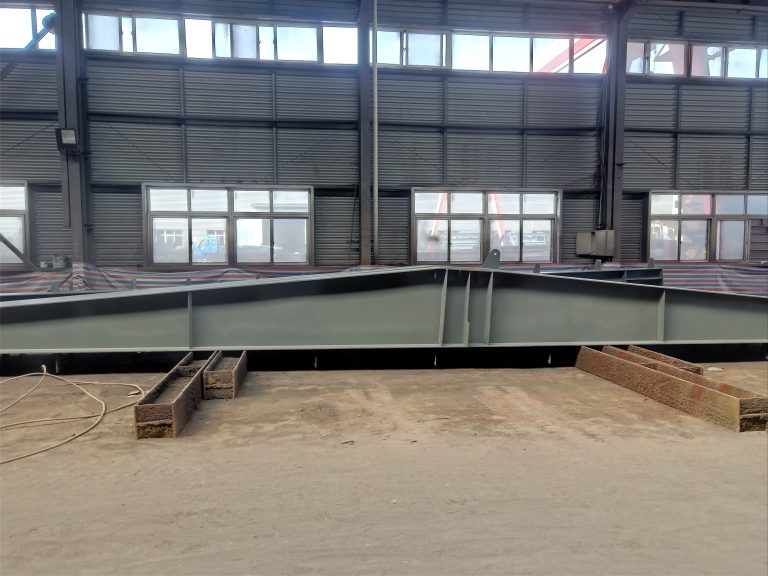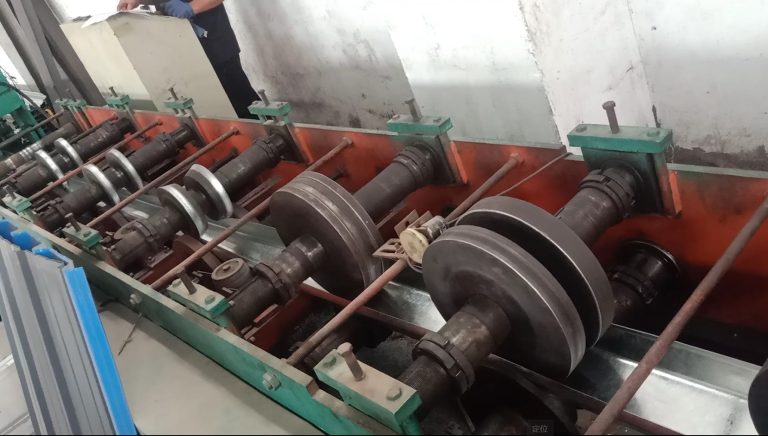Table of Contents
Importance of Proper Positioning and Arrangement of Seismic Support in Building Structures
Earthquakes are a natural disaster that can cause significant damage to buildings and infrastructure. In order to mitigate the effects of earthquakes on buildings, seismic support systems are often used to provide additional stability and support. The positioning and arrangement of these seismic supports play a crucial role in ensuring the overall safety and structural integrity of a building.
One of the key effects of the positioning and arrangement of seismic support in building structures is the ability to distribute seismic forces evenly throughout the structure. By strategically placing seismic supports at key locations within a building, engineers can ensure that the forces generated during an earthquake are dispersed evenly, reducing the likelihood of structural failure. This even distribution of forces helps to prevent localized damage and ensures that the building can withstand the seismic forces exerted on it.
Furthermore, the positioning and arrangement of seismic supports can also impact the overall flexibility and stiffness of a building. By carefully designing the layout of seismic supports, engineers can control the amount of flexibility and stiffness within a building, which can help to improve its overall performance during an earthquake. Buildings that are too rigid may be more susceptible to damage, while buildings that are too flexible may experience excessive movement, leading to structural failure. Proper positioning and arrangement of seismic supports can help to strike a balance between flexibility and stiffness, ensuring that the building can withstand the forces of an earthquake.
In addition to distributing forces evenly and controlling flexibility and stiffness, the positioning and arrangement of seismic supports can also impact the overall cost and complexity of a building’s seismic support system. By carefully planning the layout of seismic supports, engineers can optimize the design of the system, reducing the overall cost of construction and maintenance. Additionally, a well-designed seismic support system can be easier to install and maintain, reducing the complexity of the building’s structural system.
Another important effect of the positioning and arrangement of seismic support in building structures is the ability to protect critical building components and systems. By strategically placing seismic supports near key building components, such as mechanical systems, elevators, and stairwells, engineers can ensure that these critical elements are protected during an earthquake. This can help to prevent damage to essential building systems and ensure that the building remains functional and safe for occupants.
Overall, the positioning and arrangement of seismic support in building structures play a critical role in ensuring the safety and structural integrity of a building during an earthquake. By carefully planning the layout of seismic supports, engineers can distribute forces evenly, control flexibility and stiffness, optimize cost and complexity, and protect critical building components. Proper positioning and arrangement of seismic supports are essential for creating a resilient and earthquake-resistant building that can withstand the forces of nature.
Common Mistakes to Avoid in the Positioning and Arrangement of Seismic Support in Building Structures
Seismic support is a critical component in building structures, especially in areas prone to earthquakes. The positioning and arrangement of seismic support play a crucial role in ensuring the stability and safety of a building during seismic events. However, there are common mistakes that are often made in the design and implementation of seismic support systems that can compromise the structural integrity of a building.
One common mistake is the improper positioning of seismic support elements. It is essential to place seismic support elements in strategic locations throughout the building to effectively distribute the seismic forces and prevent structural damage. Failure to properly position seismic support elements can result in localized stress concentrations that can lead to structural failure during an earthquake.
Another common mistake is the inadequate arrangement of seismic support elements. The arrangement of seismic support elements should be carefully planned to ensure that they work together to provide maximum stability and resistance to seismic forces. Improper arrangement of seismic support elements can result in weak points in the building structure that are vulnerable to collapse during an earthquake.

In addition to positioning and arrangement, the type of seismic support used in a building structure can also impact its overall stability and safety. It is essential to select the appropriate type of seismic support based on the specific requirements of the building and the expected seismic forces in the area. Using the wrong type of seismic support can compromise the structural integrity of a building and increase the risk of damage during an earthquake.
Furthermore, the quality of materials and construction techniques used in the installation of seismic support elements can also affect their effectiveness. It is crucial to use high-quality materials and follow best practices in construction to ensure that seismic support elements are properly installed and able to withstand the forces generated during an earthquake. Cutting corners on materials or construction techniques can result in weak or faulty seismic support systems that are unable to protect the building during a seismic event.
To avoid these common mistakes in the positioning and arrangement of seismic support in building structures, it is essential to work with experienced engineers and contractors who have expertise in seismic design and construction. They can help ensure that seismic support elements are properly positioned, arranged, and installed to provide maximum stability and safety during seismic events.
In conclusion, the positioning and arrangement of seismic support in building structures are critical factors that can impact the stability and safety of a building during seismic events. By avoiding common mistakes such as improper positioning, inadequate arrangement, using the wrong type of seismic support, and compromising on materials and construction techniques, building owners can ensure that their structures are well-equipped to withstand earthquakes and protect occupants from harm. Working with experienced professionals is key to ensuring that seismic support systems are designed and implemented correctly to provide maximum protection and peace of mind.






